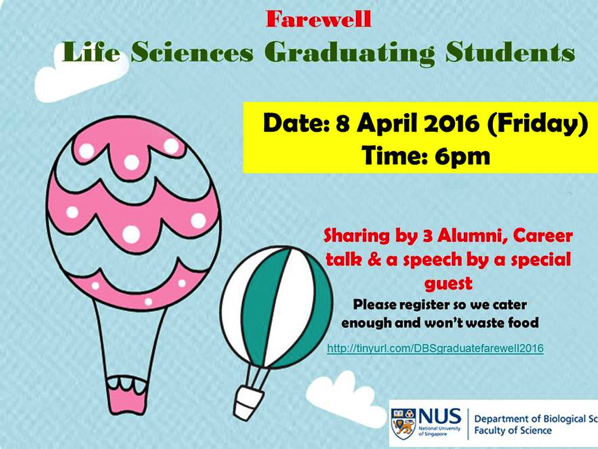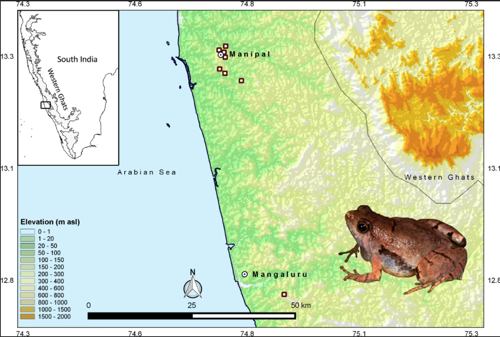 “What’s driving mangrove deforestation in Southeast Asia?”
“What’s driving mangrove deforestation in Southeast Asia?”
By Dan Friess
Department of Geography
National University of Singapore
Friday 11th March 2016: 4.00pm
Conference Room 1 (S3-05)
Department of Biological Sciences,
National University of Singapore
All are welcome!
Register here please (for room requirements)
Host: N. Sivasothi aka Otterman
Abstract – Coastal mangrove forests provide important ecosystem services at local and regional scales, though are generally considered one of the most threatened habitats in the tropics. However, this assumption is often based on the upscaling of local studies or otherwise uncertain data. This seminar will discuss the uncertainty in previous estimates of mangrove loss across the tropics, present the results of a regional-scale remote sensing analysis that quantified rates of mangrove change in Southeast Asia over the last decade, and discuss the impact of previously under-appreciated proximate drivers of mangrove loss.
Mangrove forests in the last decade have been lost at a much reduced rate, and the spatial distribution of loss has changed; while Thailand was previously seen as a deforestation hotspot in the region, this has now shifted to Myanmar and parts of Borneo. Traditional proximate drivers such as aquaculture and rice production are still leading causes of mangrove loss, though under-appreciated drivers such as oil palm expansion are beginning to play a more important role in the region. Their management thus needs to draw upon experiences in other ecosystems, such as peat swamp forests.
While this seminar uses mangroves as a case study ecosystem, issues of data uncertainty and methods to map habitat loss are applicable to all forested ecosystems.
See: Richards, D. R. & D. Friess. 2016. Rates and drivers of mangrove deforestation in Southeast Asia, 2000-2012. Proceedings of the National Academy of Sciences, 113, 344-349. [abstract]
About the speaker – Dan is an Assistant Professor at the Department of Geography, NUS. Dan is the Principal Investigator of the Mangrove Lab [themangrovelab.com], a group of researchers with broad research interests in coastal ecosystem services. Research projects range from quantifying ecosystem services, understanding threats to ecosystem services (land cover change, sea level rise), and managing threats through habitat restoration and Payments for Ecosystem Services (PES). Research is conducted throughout Southeast Asia, Madagascar and New Caledonia. Dan was a postdoctoral researcher in the Applied Plant Ecology lab in Biological Sciences, NUS between 2009 and 2011 and an organiser of the Mandai Mangrove and Mudflat Workshop in 2013.




 “What’s driving mangrove deforestation in Southeast Asia?”
“What’s driving mangrove deforestation in Southeast Asia?”